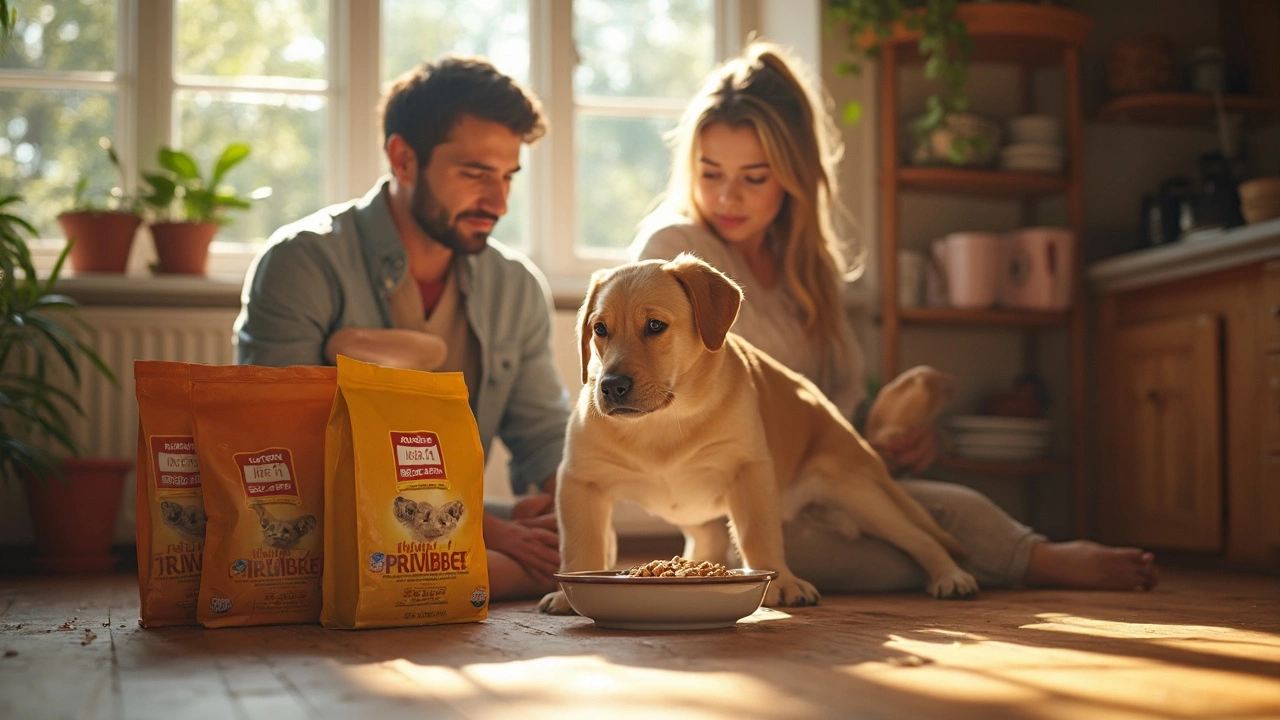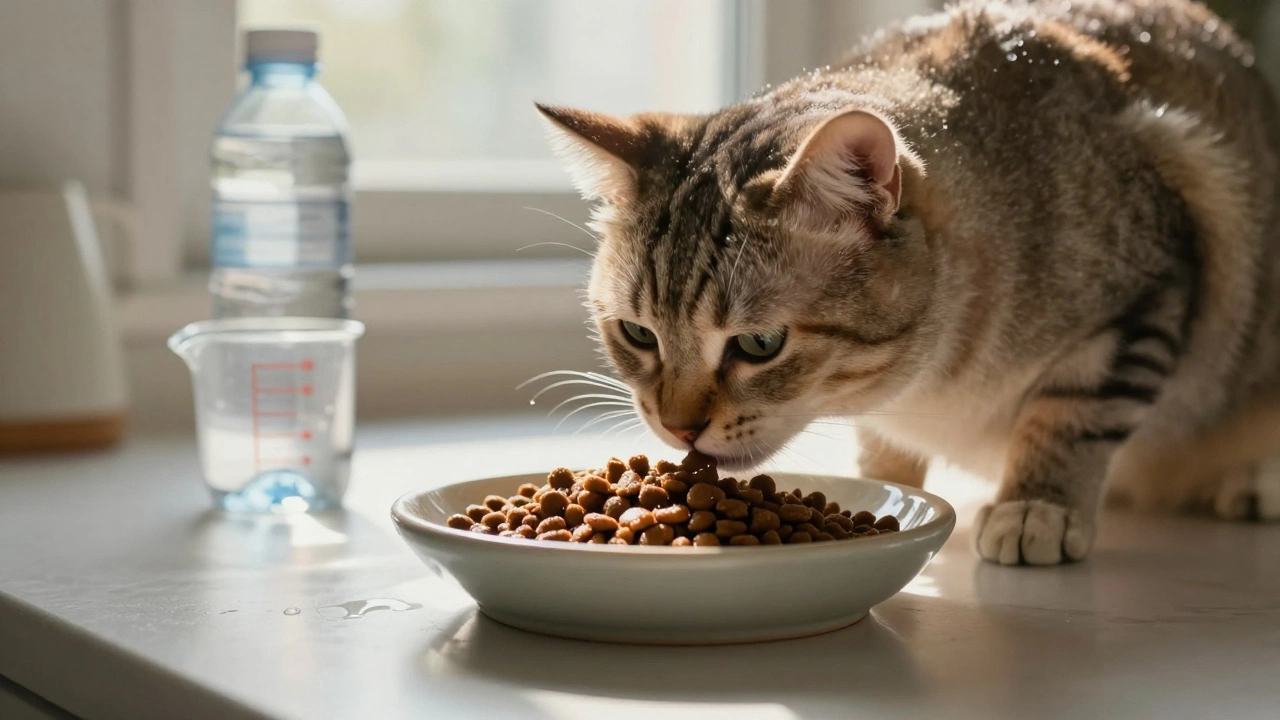Pet Nutrition – Simple Tips for Healthy Dogs and Cats
Feeding your pet the right food is the easiest way to keep them happy and fit. Too many owners get confused by the endless product rows and marketing hype. This guide cuts through the noise and shows you what really matters when you shop for dog or cat meals. Grab a notebook – the advice below can save you money and prevent health problems.
Choosing the Right Food
First thing: read the ingredient list. The top ingredient should be a high‑quality protein source – real meat, not a meat by‑product or filler. If you see “chicken meal” or “beef broth” before a named meat, the food may rely on processed proteins that are harder for pets to digest.
For cats, moisture matters. Most indoor cats benefit from a mix of wet and dry food because the water in cans helps with urinary health. If you’re unsure whether wet or dry is better, try feeding half the daily portion as wet and the rest as dry – you’ll see which your cat prefers.
Dog owners often wonder about grain‑free versus grain‑included formulas. Grain‑free isn’t automatically better; many dogs thrive on wholesome grains like brown rice or oats. Look for a product that balances protein, healthy fats, and fiber, and avoid excessive fillers like corn gluten meal.
Brand reputation matters, but price isn’t always a quality indicator. Big names like Purina and IAMS have lines that meet basic nutrition standards, while boutique brands may use premium ingredients at a higher cost. Compare AAFCO statements on the label – “complete and balanced” means the food meets minimum nutritional requirements.
Smart Use of Supplements
Supplements can fill gaps, but they’re not a free pass to feed junk. Dogs with joint issues often benefit from glucosamine and chondroitin, but give only what the vet recommends. Over‑supplementing can lead to imbalances, especially with vitamins like A and D, which are fat‑soluble and can build up in the body.
Omega‑3 fatty acids from fish oil are a safe bet for both dogs and cats. They support skin, coat, and heart health, and a little goes a long way. Choose a product that lists the EPA/DHA amounts – around 100 mg per kilogram of body weight is a common guideline.
If you’re considering a multivitamin, check whether your pet’s regular food already contains those nutrients. Most complete diets already have the right balance, so adding more can cause problems. When in doubt, ask your vet to run a blood test; they’ll tell you exactly what’s missing.
Finally, never give human supplements without checking safety. Vitamin C, for instance, is fine for dogs in small doses but can upset a cat’s stomach. Always follow pet‑specific dosage instructions and store supplements out of reach.
Good pet nutrition isn’t about buying the most expensive bag or the flashiest label. It’s about understanding protein sources, moisture needs, and when supplements truly add value. Use these basics next time you’re at the shop, and you’ll keep your dog’s tail wagging and your cat’s whiskers perky for years to come.
Number One Selling Dog Food Brand: What's in Your Pup's Bowl?
Ever wondered which dog food brand tops the charts? Get the scoop on the number one selling dog food, why it leads the pack, and what makes it stand out. We'll dig into what goes into your dog's bowl, ingredients to pay attention to, and real-world tips for choosing what's best for your pup. Whether you're a new dog owner or just curious, you'll learn something useful. Because feeding your fur buddy shouldn’t be confusing.
The Big 4 Dog Foods: What You Need to Know
Choosing the right dog food can feel overwhelming with all the options out there. Understanding the big four—dry, wet, raw, and homemade—can make decision-making easier. Explore what each type offers, including health benefits, convenience, and suitability for different dog needs. Learn how these popular dog food types stack up and get practical tips to keep your furry friend healthy.
Can Dogs Eat Cheese? A Look at the Truth
Dogs and cheese can be a tricky combination. While many dogs adore cheese, is it safe for them? This article explores whether dogs can enjoy cheese, what types are best, and the potential risks involved. Get practical tips on feeding cheese safely to your furry friend. Learn how to balance this tasty treat with their overall diet.
Should Your Cat Enjoy All-Day Nibbling? The Benefits and Drawbacks of Free-Feeding
This article explores the debate over whether free-feeding is beneficial or harmful for cats. By examining the natural instincts of cats and their dietary needs, readers can gain insights into the pros and cons of allowing feline companions to graze on food throughout the day. The piece provides helpful tips and considerations for cat owners looking to make informed decisions about their pet's feeding habits.
Are Farmer's Dog Meals Recommended by Veterinarians?
When choosing the right food for your furry friend, it's important to consider whether veterinarians recommend options like Farmer's Dog. This article delves into what makes this brand stand out among the competition. We'll explore the nutritional content, sourcing of ingredients, and how it aligns with veterinary standards. Discover if this fresh dog food is the right choice for your pet's health.
Top Vet-Recommended Dog Food Brands for Your Pet's Health
Choosing the best dog food can be daunting, but understanding which brands veterinarians highly recommend is an excellent start. Many factors, such as quality ingredients, nutritional balance, and the company's reputation, play a vital role. This article delves into vet-endorsed dog food options, explores what sets them apart, and offers insightful tips for pet owners. Whether you're looking for specific dietary needs or general wellness, there's a solution that vets swear by.











